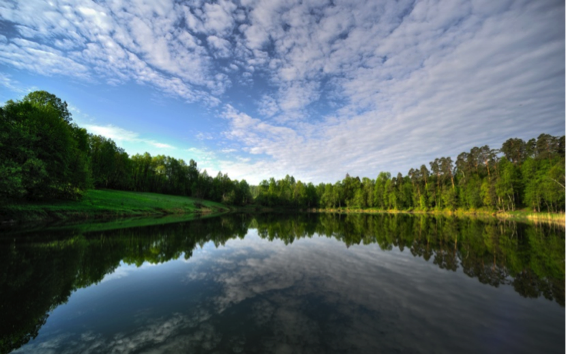
By Joan Vinyets Rejon. Creativity and Creative Intelligence are concepts not well edged. Because they are so ubiquitous, they are easily related to all fields. Many view Creative Intelligence as something soft, often used simply as a marketing trick, a fuzzy concept that is not easily understood. The most widely accepted definition of creativity is “the production of novel ideas that are made useful” (Ford, 1995, Kaufman, 1998; Mackinon, 1978; Stein, 1974; Puccio et al, 206), and Creative Intelligence “the ability to go beyond the existing to create novel and interesting ideas” (Møller, 2005).
The challenge of creative intelligence.
Nowadays it is widely argued that employee’s creativity is critically important for innovation. What really matters is not how much information we have but how many ideas we can come up with and how creatively and efficiently we can turn these ideas into value. In fact, many experts and gurus such as Peter Drucker claim that the key to success for organizations and nations is innovation, the engine of growth. I always like to say that if innovation is the engine Creative Intelligence is the fuel, because there is not innovation without creativity, and creativity is the result of people using their Creative Intelligence combined with their analytical and practical intelligences, so organizations need to hire people with Creative Intelligence.
For companies and organizations Creative Intelligence is about fostering the ability to come up with smart and innovative solutions to the challenges they are facing, to find creative solutions to problems. It is not only about new products or services, but also the ability to confront situations that seem to have gotten stuck, especially in the current complex and turbulent times. People with trained Creative Intelligence have the ability to move in a direction that appears unconventional in order to come up with efficient solutions.
Companies and organizations should consider that without the appropriate support, the right challenges and motivation, people tend to make poor decisions and tend to rely on previous experience. But for organizations, employees relying on traditional past experiences may not only help to generate creative new solutions, it may also limit creativity, because it detracts from the ability to see new approaches to problems. Traditionally, people and organizations tend to stay within their comfort zone, avoiding risk and this is a big challenge because Creative Intelligence thrives on novelty and uncertainty. The normal behavior of the brain in creating a perception is to set up routine patterns; it is precisely this lack of constraints that can work to our detriment. One needs “creative tensions” to avoid the routine brain patterns, dogmas and comfort zones.
If people are encouraged, motivated and stimulated in the right way to innovate, the process will follow. But we can’t forget that fostering Creative Intelligence requires something more than a business process. We need to build an “environment” that supports and stimulates the Creative Intelligence.
